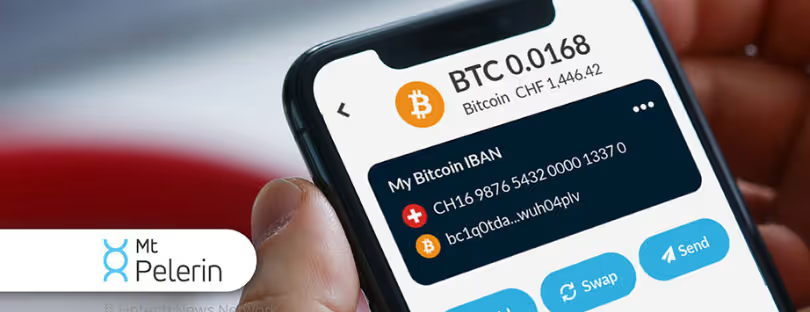
Explaining SaaS for communication service providers and enterprise
While a mainstream concept in many industries, Software-as-a-Service (SaaS) is in its early days for communication service providers (CSPs) and enterprises but that is set to change. SaaS for communication service providers and enterprise
In recent years, hardware has become more disaggregated or separated from the software that underpins it; and software is reaching a state in which it can be hosted, literally, anywhere.
Meanwhile, CSPs and enterprises increasingly recognize that fundamental change is needed in order to truly tap 5G-advanced services, like network slicing, and accelerate the adoption of new cloud-based technologies at scale including 5G, the Internet of Things (IoT) and edge computing, Nokia reports. Such change means, specifically, moving away from the legacy practice of deploying customized software for analytics, security, network management, and other functions that run on costly, complex, on-premises infrastructure.
What is SaaS in practice?
The core ingredients are as follows: it is a service focused on delivering a business outcome; bought as a subscription; based on cloud-native software; and delivered with a fully digitalized business experience and a fully automated service lifecycle.
Let’s look let each of these in more detail:
Service: The product, now called a “service,” is provided on behalf of the consumer, fully delivered with virtually no responsibility for management, operations and security of the service by the consumer.
Business outcome: The value is measured by the benefit derived from the consumption of the service. A question such as “On which cloud are you hosted?” is not as relevant as the questions about “How available is the service?” and “How does the service help me to achieve my business KPIs?”
Cloud-native software: Architecture drives profitability and, subsequently, a low total cost of ownership for SaaS customers. Application of cloud-native principles is essential to ensuring a highly reliable and scalable service.
Fully digitalized and automated: A SaaS service can be ordered, provisioned, and managed to a large percentage by automation software, eliminating impedance from often-tedious manual procedures.
Why now
Since 2016, Nokia has taken a series of steps to enhance CSP network enterprise operations, including rearchitecting its software applications to make them fully cloud-native and deployable in any cloud environment, public or private.
Software is reaching a state where it can be hosted anywhere, as disaggregation from hardware set the stage for software to be completely managed by the software vendor. Cloud and Network Services lead Nokia’s software business, with SaaS key to the company’s strategy.
Customer benefits SaaS for communication service providers and enterprise
Faster time to value
- Enables rapid customer adoption and use of service by reducing the time spent on software installation and configuration
- Provides outcome-based solutions and services, increasing the value proposition of the service
- Facilitates ecosystem partners and customers in the co-creation of value
Improved financial performance
- Permits automated scaling and on-demand resource availability, according to customer need
- Provides swift service provisioning, often within minutes or hours
- Enables customers to remain up to date with frequent and efficient delivery of software patches and upgrades
Greater business agility SaaS for communication service providers and enterprise
- It requires a limited upfront investment and no additional hardware or physical space
- Eliminates financial risk related to software maintenance and upgrade
- Provides improved cost management, lower total cost of ownership (TCO), and compelling economies of scale
- Lowers entry barriers to market evaluation
Is SaaS the same as a cloud? SaaS for communication service providers and enterprise
- SaaS is a type of cloud service model. SaaS solutions reside in cloud environments, which are managed by a dedicated cloud vendor and are often integrated with other software offerings from the same SaaS solution provider. A well-designed SaaS architecture must be able to scale and accommodate hundreds or even thousands of users who will be accessing the software simultaneously over the cloud or the web.
- Compared with the traditional approach of installing and maintaining software on-premises, with the SaaS model, CSPs and enterprises don’t have to worry about adding another server on which to run the software. The SaaS provider takes care of all server capacity planning. Telecom companies only need to enable a new SaaS offering, and they get the flexibility to scale their SaaS use up and down based on specific needs.
- In addition, because the software is delivered over a cloud-based architecture, CSPs and enterprises do not need to download upgrades or reinstall new versions of a product. Any updates or patches to a service are handled by the SaaS provider.
SaaS Benefits for companies such as Nokia
SaaS will eventually pervade the entire industry and Nokia aims to lead this shift away from the legacy practice of deploying customized software run on costly, complex, on-premises infrastructure. Advantages for Nokia include:
- Higher margins and lower operating costs due to economies of scale
- Standard configurations to manage (minimal customizations) templating
- One active code stream per service
- Fast, automated deployments
- Ability to control the security profile, immediate security patching
- Consistent revenue stream
- Ongoing analytics that allow companies to personalize and enhance the customer experience










